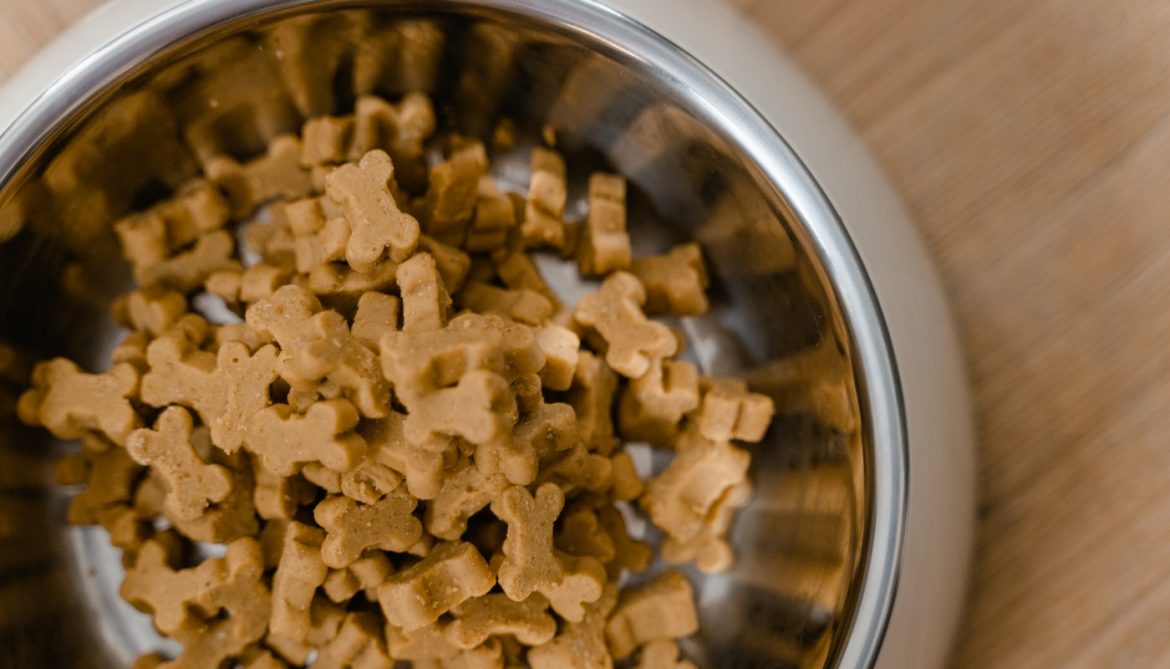Age for dogs can be split into three life stages according to breed:
Puppy (less than one year for toy & small breeds and less than two for large & giant breeds), adult (one to two years) and senior (seven years and over). There are other conditions during a dog’s life span that will determine its dietary requirements and those are touched upon in brief at appropriate points.
Nutrients which are contained in foods are metabolised for the growth and maintenance of all life forms. These have to be delivered in the right proportions and quantities for good health at the right time for optimum growth.
Nutrients are classified as the following:
Water– About 60% of humans and dogs weight is made up of water.
Proteins– Built by amino acids and are responsible for growth and maintenance of the body. Proteins are sourced from animals, vegetables and soy.
Fats– A source of essential fatty acids and helps the body absorb vitamin A, vitamin D and vitamin E. Omega 3 and 6 are polyunsaturated fats that lowers the levels of LDL cholesterol.
Carbohydrates– Breaks down into glucose during digestion and provides the energy needed by the body to function.
Fibres– Are important for a healthy digestive system. They are found in root vegetables, wholemeal cereals and fruits.
Vitamins– Help in metabolism, skeletal development, coagulation and liver and brain function. These are not synthesised in the body and should not be administered unless prescribed by a veterinarian.
Minerals- Like vitamins are not synthesised in the body. Examples of minerals include manganese, copper, iron, calcium, phosphorus, and potassium. These are needed for metabolism, skeletal development, coat & skin health and fluid maintenance.
Nutrition for Puppies
Puppies will first have to be weaned off their mother’s milk. This should ideally begin between three and four weeks of age and must be completed by seven to eight weeks.
Nutrition requirement for puppies is the highest at this stage. Compared with adult dogs, a puppy will need two to four times more energy per kilogram of its body weight. This energy requirement decreases as it gets closer to adulthood and its friskiness decreases. This is a good time to get the pup familiar with the food that it will eat later in life.
Puppies can be fed three two four times a day with a high protein, high calorie and fatty acid content. The diet should also contain the required levels of vitamins and minerals. Do not supplement their meals with minerals and vitamins unless prescribed by the veterinarian. It is imperative that there are adequate fibres to ensure digestion of three or four feeds per day. Puppy food can contain 8-9% fat, 22-25% protein and 1-2% minerals. Check the nutrition labels and discuss the sources of vitamins in diet with a pet nutritionist.
Excessive calories can cause an abnormally quick growth rate and in large and giant breeds is associated with hip dysplasia. It can also lead to obesity as an adult dog.
Weaning a puppy and/or litter and caring for the mother
As the mother’s milk starts to dry up, start introducing the pups to their new diet gradually. There must be one bowl for each puppy. Let’s start their discovery and socialising process by separating them from their mother for about 45 to 60 minutes. Your vet will recommend the diet required for the mother during the pregnancy and weaning process. Do not consult Dr. Google for this process.
Adult Dogs
A sedentary dog might need to meet bare minimum energy requirements, while working or active dogs will require more. Local weather conditions play a massive role in making this decision as they vary from season to season. A typical adult dog meal can comprise 2% to 4% of fibre, 5% to 6% of fat, 18% to 25% protein, calcium and phosphorus between 0.4 and 0.5%, Omega 3 and 6 fatty acids. Changes in the protein, carb and fat source should be made to keep meals interesting. Check the nutrition labels in products for ingredients and values.
The vet will ascertain your dog’s Resting Energy Requirements (RER) and arrive at its Maintenance Energy Requirements (MER) to suggest the optimal diet. These calculations and ensuing diet will only work if you are perfectly honest with the vet. There are different calculations for dogs recovering from surgery, during pregnancy, as neutered adults and obesity or undernourishment. It is recommended to feed adults twice a day eight to twelve hours apart. Nursing mothers must have food available at most times. Untouched and unfinished food must be discarded or put away after 20-30 minutes.
Senior Dogs
At about seven years old, dogs start displaying very few external signs of ageing, and tend to be active and fit, if they have been taken care of up to this point. But the internal organs definitely show wear and tear. Some tell tale signs are: reduced metabolism & activity levels, muscle mass, digestion, vision (possibly cataract as well), mobility, coat health and others.
This is a good time to revisit your dog’s diet and move to a senior formulation gradually. The primary intent should be to reduce caloric density, stay healthy, avoid weight gain and prevent diseases. Water consumption should be monitored closely and should not drop.
A typical meal nutrient composition will include 3-5% of fibre, 7-8% of fat, and 75 grams per 1000 calories of protein. Mineral and vitamin composition will change and the vet may ask to include supplements as well. It might be the right time to increase fibres, calcium, omega 3 and 6, vitamin E and beta-carotene. As always, consult regularly with your vet and get your dog checked frequently.
The journey of a dog’s life from its leaping and bounding years to its September can be filled with joy and love. If you start its growth process right, there is no reason for it to not live out its final years in reasonable health.
,

